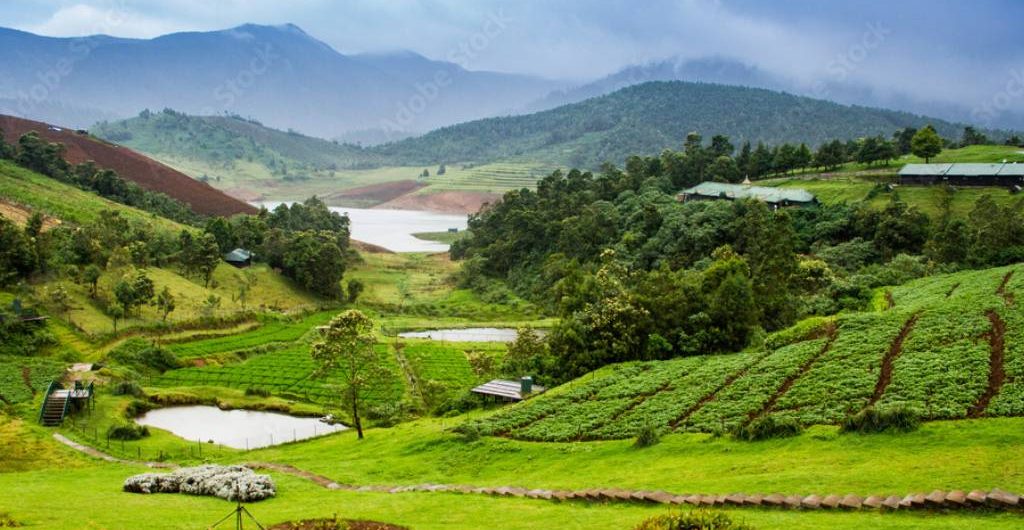
Nestled in the lap of the Nilgiri Hills in the southern state of Tamil Nadu, India, Ooty, officially known as Ootacamund, stands as a testament to nature’s unspoiled beauty and colonial charm. This picturesque hill station has captured the hearts of travelers for generations with its lush landscapes, pleasant climate, and a rich history that echoes through its colonial architecture. In this article, we’ll take you on a journey through Ooty, uncovering its geographical marvels, historical significance, tourist attractions, culture, and more.
Geography and Climate
Elevation and Topography: Ooty stands at an altitude of approximately 2,240 meters (7,350 feet) above sea level, offering breathtaking views of the surrounding Nilgiri Hills. The town is blanketed by dense forests, rolling hills, and tea gardens, making it a paradise for nature lovers and photographers.
Climate: Ooty boasts a temperate climate year-round. Summers (March to June) are pleasantly cool with temperatures ranging between 15°C to 25°C (59°F to 77°F). Monsoons (July to September) bring refreshing rains while winters (October to February) are chilly but not harsh, with temperatures dropping to 0°C (32°F) on rare occasions.
History
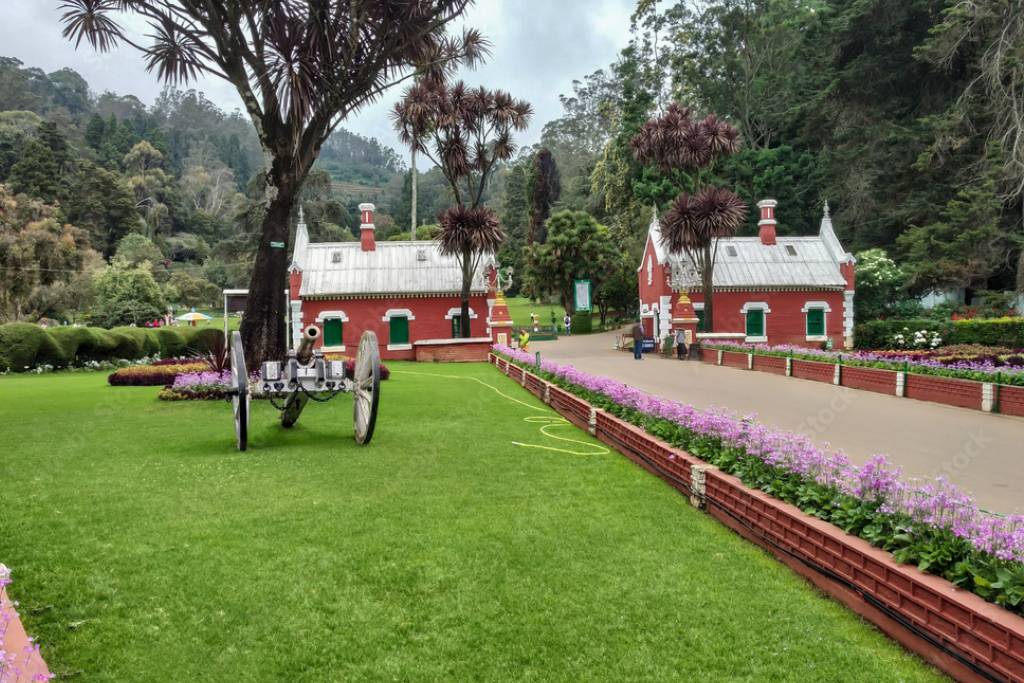
- Early History: The Nilgiri region, in which Ooty is situated, was inhabited by indigenous tribes like the Toda and Kota for centuries before British colonial rule.
- Colonial Influence: The British discovered Ooty in the early 19th century and were charmed by its natural beauty. They developed it as a summer retreat, with colonial-style bungalows, churches, and the Nilgiri Mountain Railway, which still operates as a UNESCO World Heritage Site.
- Post-Independence Era: After India gained independence in 1947, Ooty continued to thrive as a popular tourist destination. Its colonial legacy remains intact, providing a unique blend of Indian and British culture.
Tourist Attractions
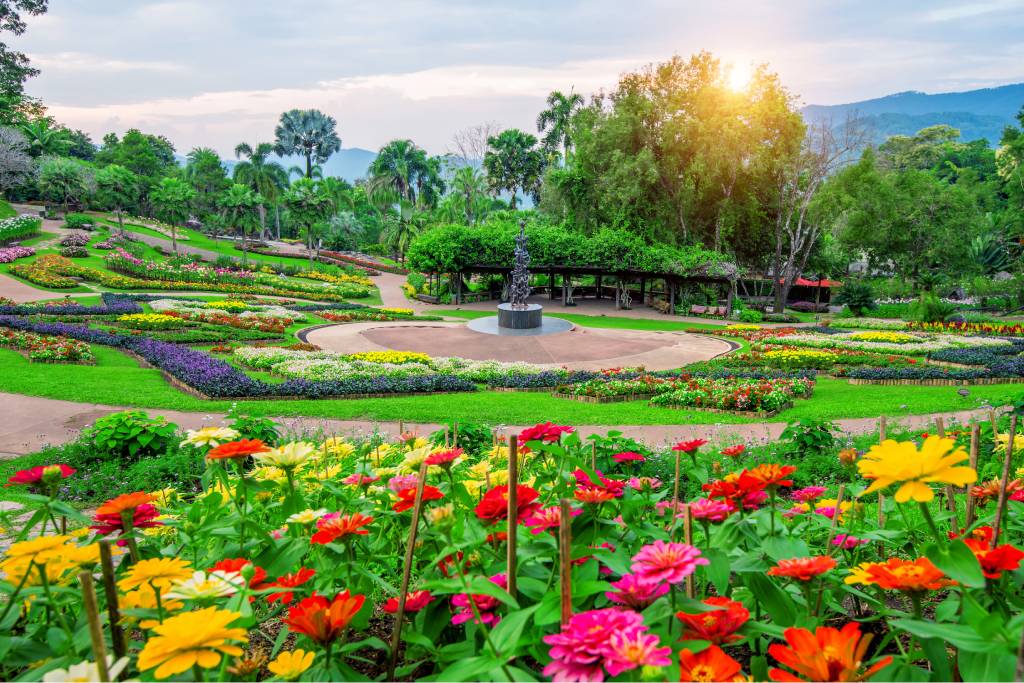
- Botanical Gardens: Established in 1848, the Government Botanical Gardens is a lush oasis showcasing a diverse collection of flora, including a fossilized tree that’s over 20 million years old.
- Ooty Lake: A serene lake with boating facilities, offering an idyllic setting for a leisurely stroll or a paddleboat ride.
- Doddabetta Peak: The highest peak in the Nilgiri Hills, offering panoramic views of the surrounding hills and plains.
- Rose Garden: Home to over 20,000 varieties of roses, this garden is a visual treat for flower enthusiasts. Nilgiri Mountain Railway: A charming toy train that chugs through tea plantations and scenic landscapes, providing an unforgettable journey.
- Tea Gardens and Tea Factory: Witness the tea-making process in the lush tea gardens and visit a tea factory to learn about the art of tea production.
- Government Museum: Explore Ooty’s history and heritage through a fascinating collection of artifacts and exhibits.
- Wax World Ooty: A unique museum featuring wax statues of famous personalities from India and around the world
Culture and Cuisine
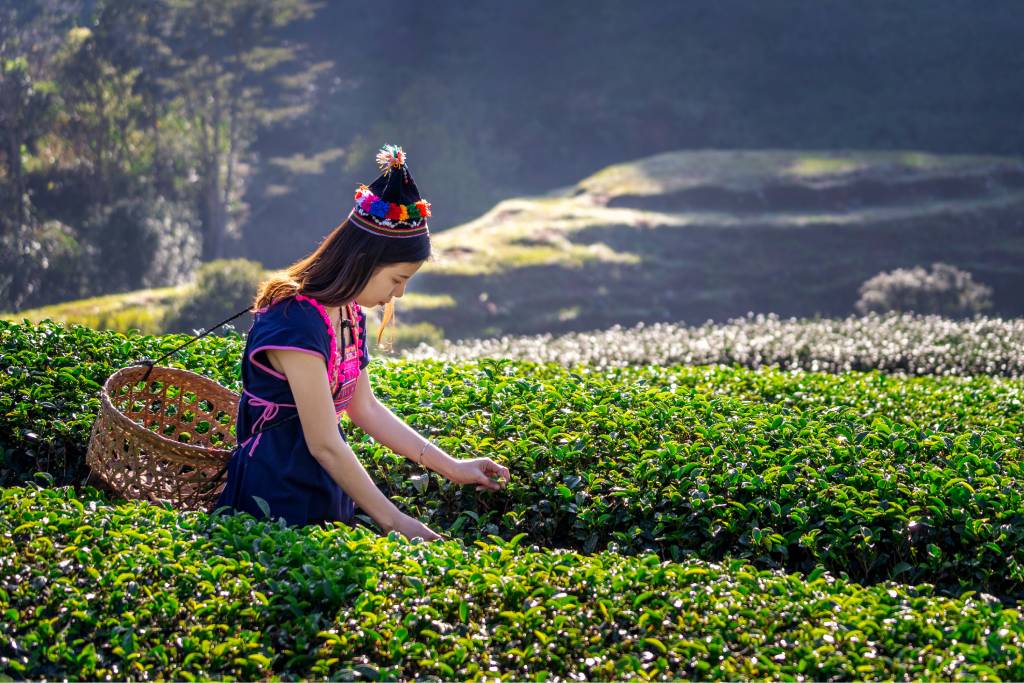
Ooty’s culture is a delightful blend of indigenous traditions and colonial influences. The town celebrates various festivals with fervor, including the annual Summer Festival. Traditional Toda and Badaga tribes still reside in the region, showcasing their unique customs.
Cuisine in Ooty is a treat for the taste buds. Don’t miss trying local delicacies like ‘Ooty Varkey’ biscuits, homemade chocolates, and Nilgiri tea. The local markets offer a variety of spices, fruits, and fresh produce.
Outdoor Activities
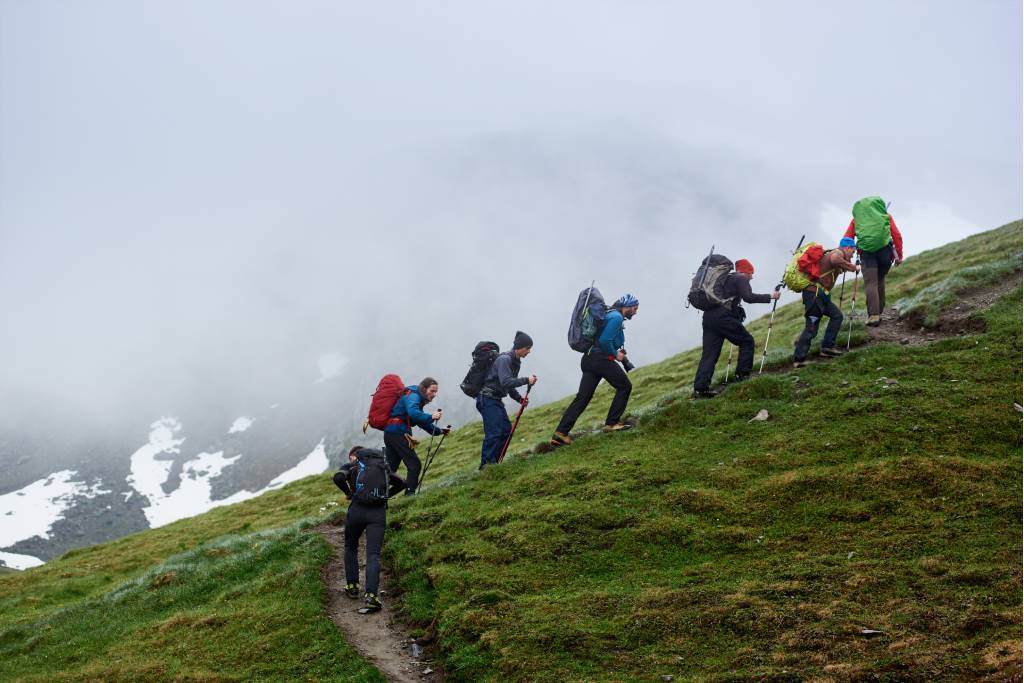
Adventure enthusiasts can embark on trekking and hiking adventures, exploring the rugged terrains and lush forests. Wildlife lovers can visit the nearby Mudumalai National Park and Nilgiri Biosphere Reserve to spot exotic species like tigers, leopards, and elephants. Boating on Ooty Lake is a relaxing way to soak in the natural beauty.
Accommodation
Ooty provides a range of accommodations to suit all budgets, from luxury resorts and colonial-era hotels to cozy guesthouses and homestays. Popular options include the Taj Savoy, Fernhill Palace, and Club Mahindra Derby Green.
Shopping
Ooty is a shopper’s paradise. Visit the local markets for fresh fruits, vegetables, and an array of spices. Purchase exquisite handicrafts and souvenirs, including handmade chocolates and aromatic oils.
Getting There and Around
Reaching Ooty is convenient, with well-connected road, rail, and air routes. The Coimbatore International Airport is the nearest airport, while the Nilgiri Mountain Railway offers a scenic train ride. Within Ooty, you can get around using local taxis, buses, or even on foot to enjoy the beautiful scenery.
Best Time to Visit
Ooty is a year-round destination, but the best time to visit depends on your preferences. Summers are ideal for pleasant weather, while monsoons offer lush greenery. Winters provide a chilly ambiance and the chance to enjoy cozy firesides.
Travel Tips
- Pack warm clothing if you plan to visit in the winter months.
- Be prepared for occasional rain during the monsoon season.
- Respect local customs and traditions, especially when interacting with indigenous tribes.
- Stay hydrated due to the high altitude.